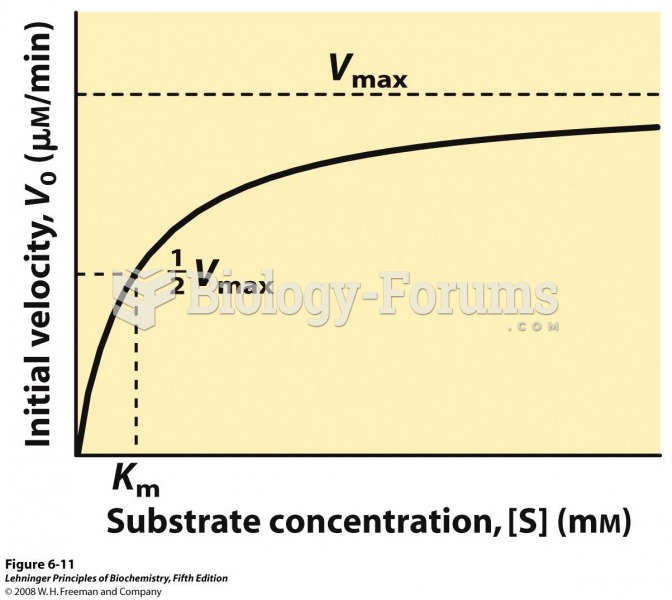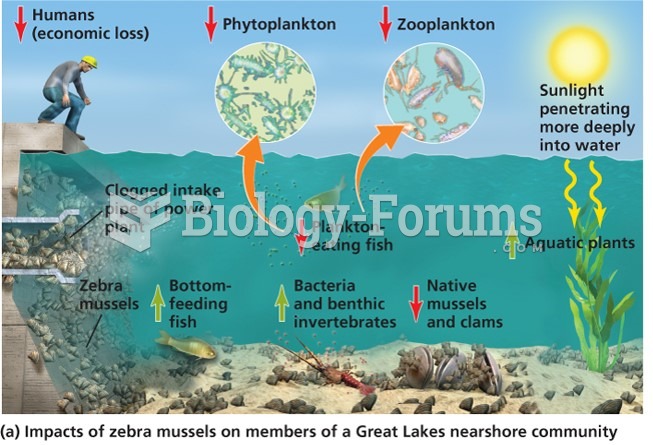|
|
|
If all the neurons in the human body were lined up, they would stretch more than 600 miles.
The average office desk has 400 times more bacteria on it than a toilet.
Sperm cells are so tiny that 400 to 500 million (400,000,000–500,000,000) of them fit onto 1 tsp.
Aspirin is the most widely used drug in the world. It has even been recognized as such by the Guinness Book of World Records.
Though Candida and Aspergillus species are the most common fungal pathogens causing invasive fungal disease in the immunocompromised, infections due to previously uncommon hyaline and dematiaceous filamentous fungi are occurring more often today. Rare fungal infections, once accurately diagnosed, may require surgical debridement, immunotherapy, and newer antifungals used singly or in combination with older antifungals, on a case-by-case basis.







